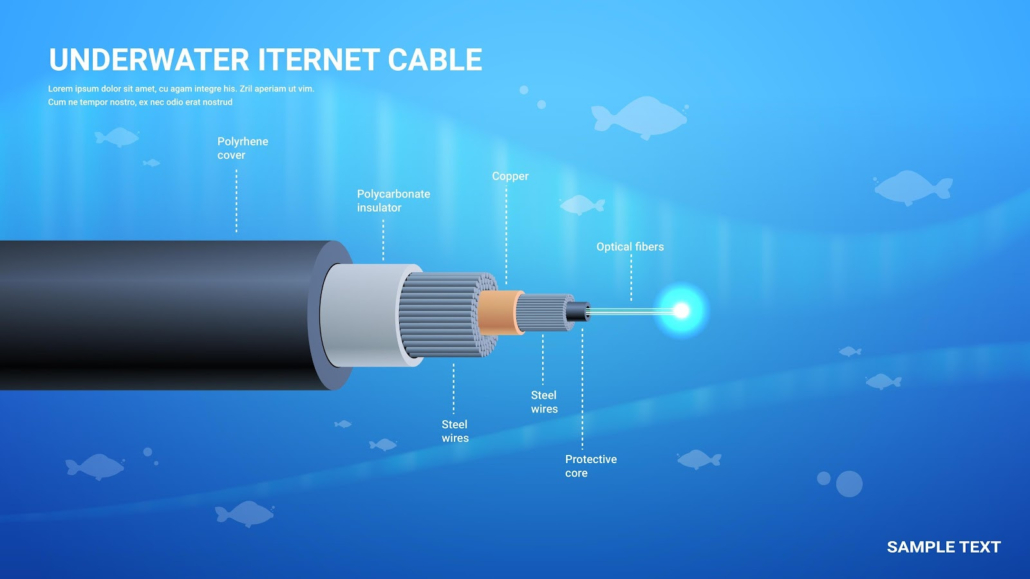How the Internet Works Technical Overview
1. The Internet is a Network of Networks
The internet is not a giant cloud or a single machine; rather, it is a vast, global, and interconnected system of computers and other devices. It is, in essence, a “network of networks,” all speaking the same language. This remarkable system operates on two core principles. First, it is designed for decentralization, meaning there’s no single control center. Instead, countless individual networks are linked together. This is a very important concept. Second, it uses redundancy, so information can always find an alternative route if one path is blocked. This makes the entire system incredibly resilient and reliable. We can understand this amazing complexity by breaking it down into distinct layers, each with a specific job.
To illustrate, consider a typical family home’s internet setup. Many people get their internet access from an internet service provider. For instance, services provided through tpg plans internet ensure that their network connects to a larger regional network, which in turn connects to a national network, and so on. It is this chain of connections that allows you to reach a website hosted anywhere in the world. This web-like structure, therefore, ensures that data can move freely from one point to another, no matter the distance. The journey of a single piece of information, such as an email or a web page, is a fascinating process that involves all of these layers working together in harmony.
2. The Physical Layer: Wires, Cables, and Light
The internet’s journey begins with the most fundamental layer: the physical layer. This is where digital information, which is essentially just a series of ones and zeros (bits), is transformed into physical signals. These signals are transmitted through a variety of media, including light pulses traveling through fiber optic cables, electrical signals through copper wires, and radio waves through the air.
The true global backbone of the internet is composed of a massive network of undersea fiber optic cables.

These cables are laid across the ocean floor, connecting continents and countries. They are the primary data highways, allowing for incredibly fast data transfer over immense distances. Furthermore, major carriers like optus internet rely on these huge infrastructure components to deliver high-speed connections to customers. On land, these cables connect to large data centers, which are essentially massive warehouses filled with servers and networking equipment. These centers are responsible for storing and processing the vast amount of data that flows across the internet every second.
The “last mile” is the final, crucial step in this physical journey. This refers to the connection that brings the internet from the main network to individual homes and businesses. It can be a phone line for DSL, a coaxial cable for cable internet, or even a wireless signal for 5G and satellite connections. This final connection is what allows your devices to become part of the larger internet. Without these physical links, all the advanced protocols and software would be useless.
3. The Internet Layer: Addressing and Routing
Once the data is a physical signal, the Internet Protocol (IP) takes over. IP can be thought of as the postal system of the internet, responsible for addressing and routing data packets to their correct destination. Every device connected to the internet, whether it’s a computer, phone, or smart toaster, is assigned a unique IP address. This address acts just like a home address, identifying where the device is located on the network. There are two main versions of these addresses: IPv4 (a limited, older version) and the newer, more expansive IPv6.
To ensure data finds its way, the internet relies on routers. These devices are like the traffic cops of the internet. They receive data packets and use their IP addresses to decide the best path to send them to their destination. A packet may travel through dozens of routers to reach its destination, each one making a decision about the fastest, most efficient route. Because of this system, data can be rerouted instantly if a network is down, thus ensuring the internet’s resilience. To further optimize this process, data is broken down into small, independently-routed packets. This process, known as packet switching, prevents network congestion and allows different pieces of information to travel along different routes, if necessary.
4. The Transport Layer: Reliability and Flow Control
After the internet layer has addressed and routed the data, the transport layer ensures that the data is delivered correctly. The most well-known protocol at this layer is the Transmission Control Protocol (TCP). TCP is designed for reliability. Before data is sent, TCP establishes a connection with the receiving device. It then breaks the data into smaller chunks, or packets, and sends them one by one. Once a packet is received, the receiver sends a confirmation. If a packet is lost or damaged, the sender will know and re-send it. This guarantees that all data arrives in the correct order and without any missing pieces, ensuring that a file or webpage loads perfectly.
On the other hand, the User Datagram Protocol (UDP) is another option at this layer. Unlike TCP, UDP does not require a connection or confirmation of delivery. It simply sends the data packets without checking if they arrive. This makes it much faster but also less reliable. Because of its speed, UDP is commonly used for services where a few dropped packets won’t ruin the experience, such as streaming video or online gaming. The trade-off is between speed and reliability, and the choice depends entirely on the application.
5. The Application Layer: What the User Sees
The application layer is the final step in the process, and it’s the layer that we, as users, interact with every day. This is where the data is finally made readable and useful by software applications. The Hypertext Transfer Protocol (HTTP) is a key protocol at this layer, serving as the foundation of the World Wide Web. It’s what browsers use to request and receive web pages. HTTPS, the secure version of HTTP, is critically important because it encrypts all communication, protecting sensitive information like passwords and credit card numbers from being intercepted.
Beyond web browsing, a wide variety of other protocols live at this layer. The Domain Name System (DNS) is arguably one of the most important. It acts as the internet’s phonebook, translating easy-to-remember domain names into the numerical IP addresses that computers need to find them. Other examples include SMTP (Simple Mail Transfer Protocol) for sending and receiving emails, and FTP (File Transfer Protocol) for transferring files between computers. The application layer is what takes the raw data and transforms it into the images, videos, and text that you see on your screen.
6. The Journey of a Web Request: A Step-by-Step Example
To tie all these concepts together, let’s follow a step-by-step example.
- Step 1: The Request: You type a URL into your web browser.
- Step 2: DNS Lookup: Your computer first needs to find the IP address. It sends a DNS request to a DNS server, which then looks up the correct IP address and returns it to your computer.
- Step 3: Building the Request: With the IP address in hand, your browser creates an HTTP request. This request is then handed down to the transport layer, where it is broken down into small TCP packets.
- Step 4: The Travel: Each of these packets is given the server’s IP address and sent out onto the network. The packets travel across the Internet’s physical infrastructure, routed from one router to another, until they reach the web server.
- Step 5: The Response: The web server receives the packets, processes the request, and then sends the webpage data back to your computer in a new set of packets.
- Step 6: Reassembly and Display: Your computer receives all the packets, and the TCP protocol ensures they are reassembled in the correct order. Finally, your browser takes the reassembled data and renders the webpage, which you see on your screen. This entire process happens in a fraction of a second.



Leave a Reply
Want to join the discussion?Feel free to contribute!